Cerebral Edema and Diabetic Ketoacidosis: Rebaked
Pediatric EM Morsels
JULY 28, 2023
Cerebral edema is the most feared emergent complication of pediatric diabetic ketoacidosis. The exact mechanism is not known… It was previously believed that it was due to rapid changes in serum osmolality during initial fluid resuscitation. Pediatr Diabetes. The mortality rate for cerebral edema is 21%–24%.

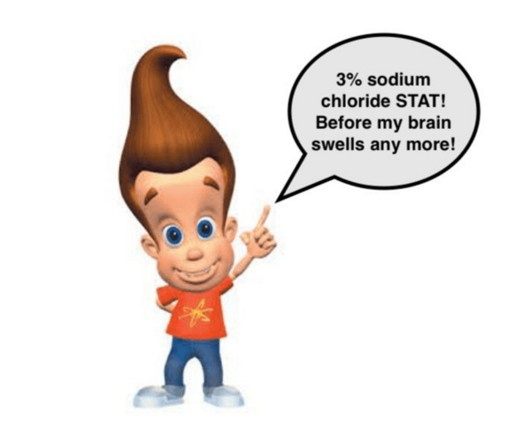


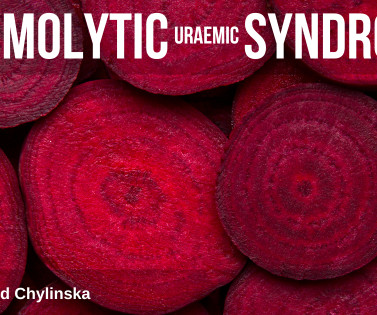
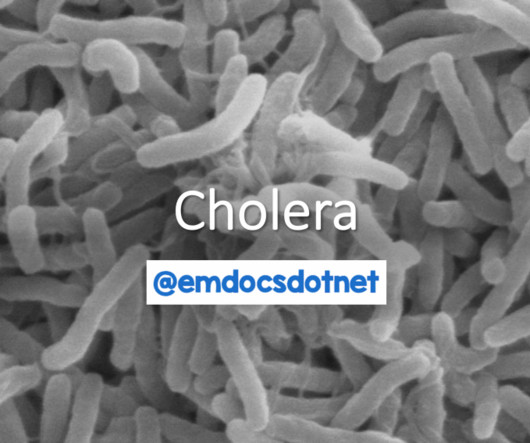
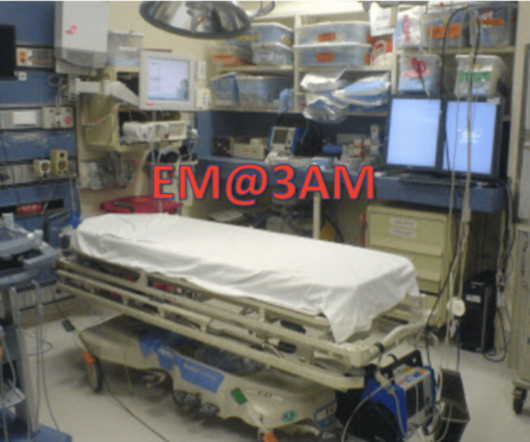
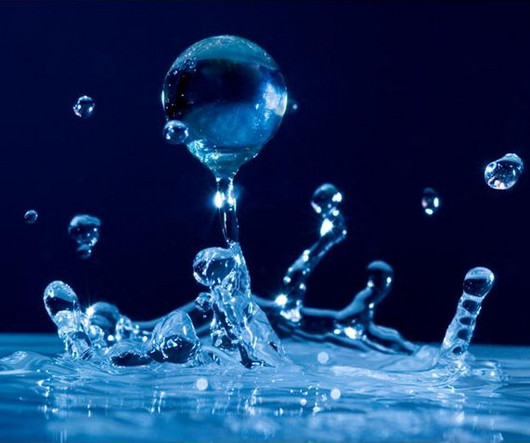






Let's personalize your content